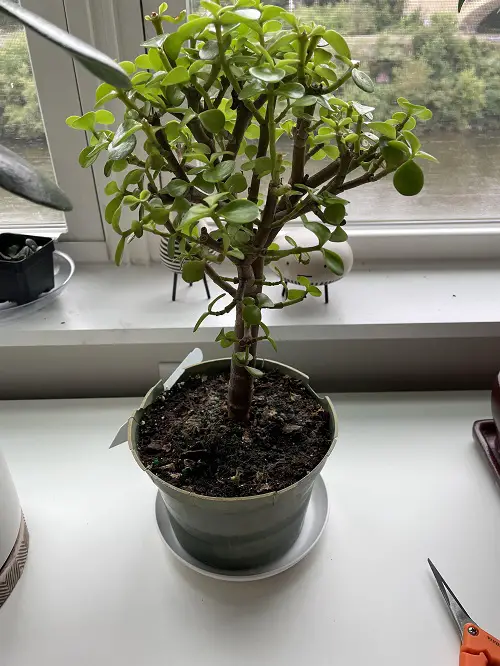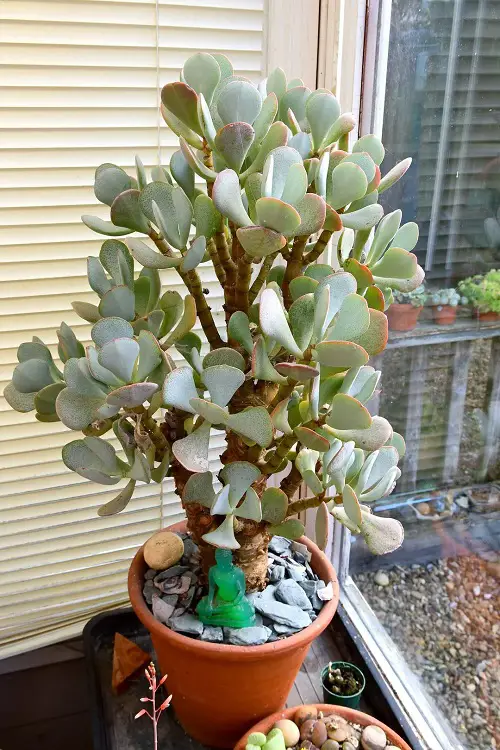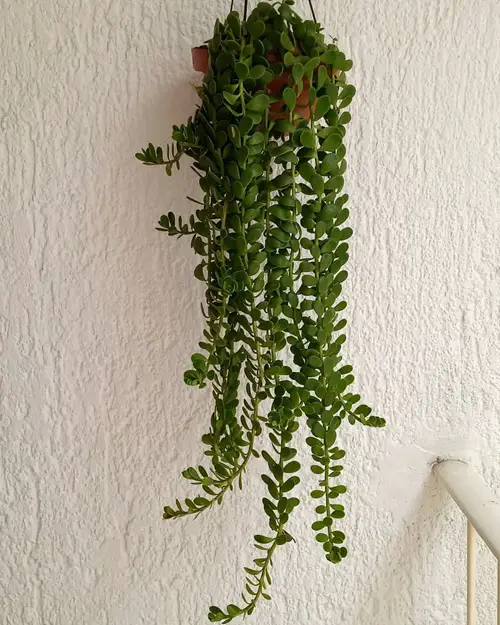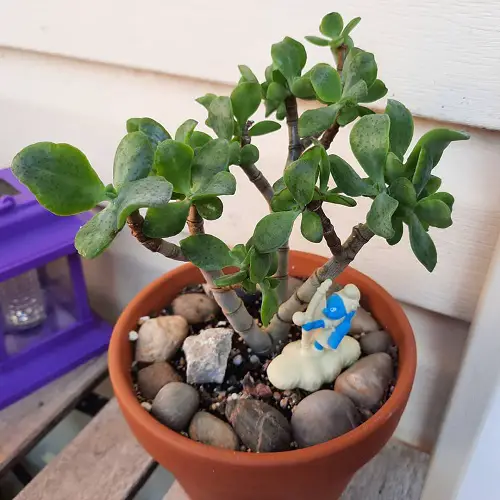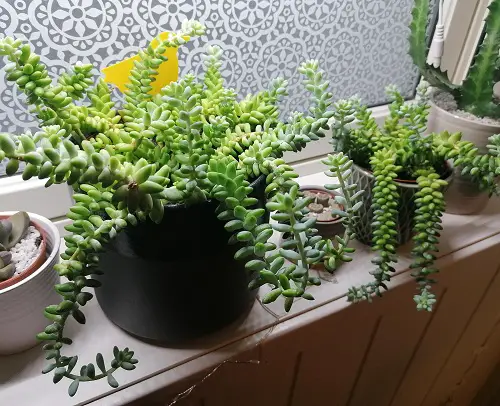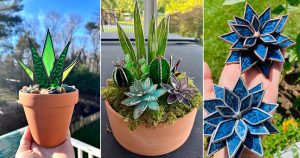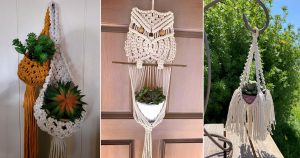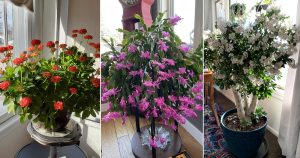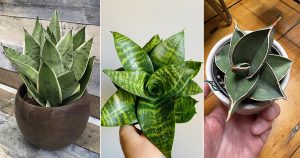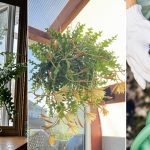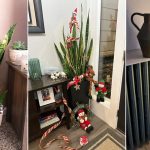Succulents that look like Jade Plant offer you an option to display specimens with a similar appearance yet with a different style!
If you love the thick, glossy leaves of jade plants, you’ll be pleased to know that there are some specimens with similar features. Read on to learn more about these doppelgangers. These plants may not be jade in name, but they’re certainly jade in nature!
Succulents That Look Like Jade Plant
1. Elephant Bush
Botanical Name – Portulacaria afra
The fleshy leaves of elephant bush are small, round to oval, and glossy, like miniature jade plants. They are emerald green in hue and can grow to 1/2 to 3/4 inch long in well-drained soil. When grown indoors, put this plant near a south-facing window. However, remember that too much direct sunlight can burn its leaves or turn them yellow.
Good news: If you love pets like cats and dogs, Portulacaria afra is a safe choice because the jade plant is toxic to them!
2. Silver Dollar Plant
Botanical Name – Crassula arborescens
Straight from South Africa, the silver dollar succulent resembles a jade plant with its round, flat leaves. Its foliage also has red edges, similar to some jade plant varieties.
This plant has an interesting chalky coating on its leaves, giving it a silvery-blue appearance that reflects sunlight and protects it from intense heat—an excellent addition to succulent gardens in hot climates. It also produces clusters of small white flowers in winter, adding seasonal charm!
Caution – This succulent is toxic to dogs and cats. Its ingestion can cause nausea and retching in pets.
3. Trailing Jade
Botanical Name – Senecio jacobsenii
Its leaves are fleshy and egg-shaped, like the jade plant, hence the resemblance. The foliage can grow up to 2-3 inches long and 1-2 inches wide in ideal growing conditions.
Unlike upright jade plants, trailing jade offers cascading greenery, so it is perfect for hanging baskets or as a trailing element in mixed succulent arrangements. It thrives in medium to bright indirect light and prefers a bit more humidity than typical succulents, which is why it is a good pick for bathrooms or kitchens.
4. Blue Bird
Botanical Name – Crassula arborescens subs. undulatifolia Toelken
‘Blue bird’ has rounded, slightly flattened leaves that mimic the jade plant’s appearance. It’s a compact variety, thus great as a houseplant or desk plant.
What makes it unique is its wavy-edged leaves with a bluish-green hue that can develop reddish margins under sunlight. Talk about painting the town red—or at least the leaf edges! It’s also relatively slow-growing, so you won’t need to worry about frequent repotting.
5. Burro’s Tail
Botanical Name – Sedum morganianum
Burro’s tail has overlapping leaves similar in shape to those of a jade plant. Its blue-green foliage can produce roots and thus can be used for propagation.
The trailing stems of burro’s tail can grow up to 4 feet long, hence a great choice for hanging planters. Its leaves store water, allowing it to survive in dry conditions, but be careful not to touch them too often—they’re delicate and can easily fall off. And with proper care, it can even produce small, pinkish-red flowers during summer!
Have you grown any of these jade plant lookalikes? We’d love to hear about your experiences or tips in the comments! Let’s swap stories and ideas to make our succulent gardens even more special.

